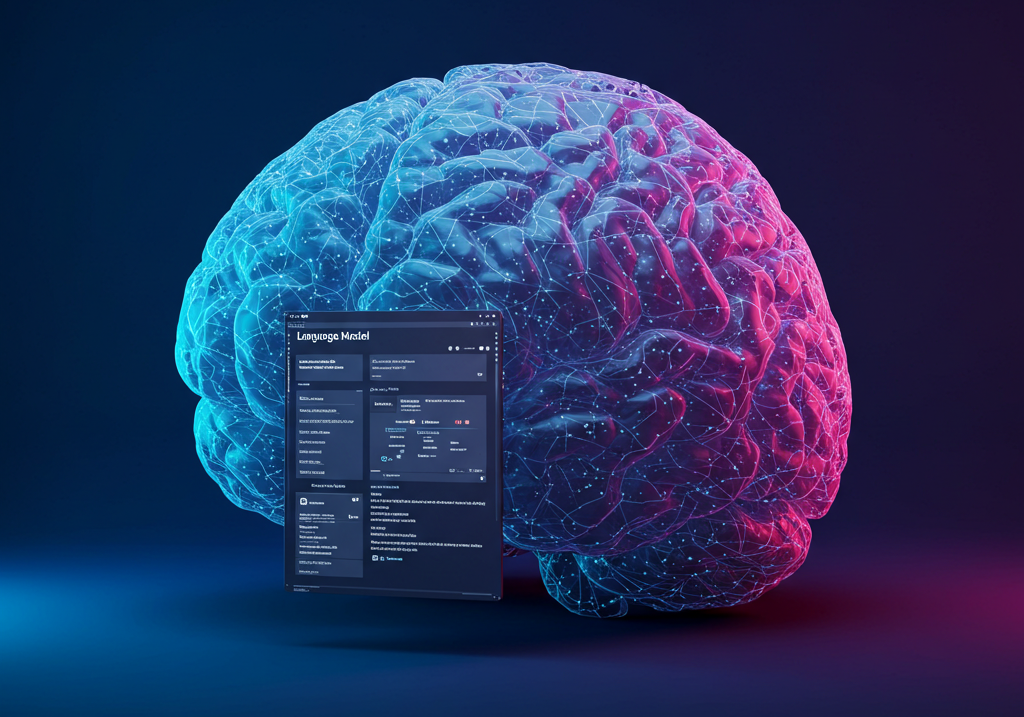
Introduction
The rapid evolution of digital technology has transformed the way we work, communicate, and interact with the world. While these advancements offer numerous benefits, they also pose significant challenges to mental health. Research suggests that excessive screen time, social media use, and digital dependency can contribute to stress, anxiety, and depression (Twenge et al., 2018). However, digital tools also provide new avenues for mental health support and awareness. This article explores the impact of digital technology on mental well-being and strategies to maintain a healthy balance.
The Impact of Digital Technology on Mental Health
1. Social Media and Mental Well-Being
Social media platforms have become integral to modern communication, but they also present mental health risks. Studies indicate that excessive social media use is linked to increased levels of anxiety, depression, and low self-esteem (Huang, 2020). Key concerns include:
2. Screen Time and Cognitive Overload
Prolonged exposure to digital screens can negatively affect cognitive function and mental health. Studies show that excessive screen time is associated with sleep disturbances, decreased attention spans, and increased stress levels (Christensen et al., 2016). The blue light emitted by screens interferes with melatonin production, leading to sleep deprivation, which is closely linked to mental health disorders (Chang et al., 2015).
3. Digital Work Environments and Burnout
The shift to remote work and the increasing reliance on digital communication tools have blurred the lines between work and personal life. This has led to a rise in burnout, characterized by emotional exhaustion, detachment, and reduced productivity (Maslach & Leiter, 2016). Key stressors include:
The Positive Role of Digital Technology in Mental Health
Despite its challenges, digital technology also offers solutions for mental health support:
1. Teletherapy and Mental Health Apps
The rise of digital mental health services has made therapy and self-care resources more accessible. Studies have found that online therapy is as effective as traditional face-to-face therapy for many mental health conditions (Andersson et al., 2019). Popular mental health apps like Headspace, Calm, and Woebot use cognitive-behavioral therapy (CBT) techniques to promote well-being.
2. Online Support Communities
Digital platforms provide spaces where individuals can connect, share experiences, and receive peer support. Online mental health forums, such as Reddit’s r/mentalhealth and support groups on Facebook, help reduce feelings of isolation (Naslund et al., 2016).
3. Digital Detox Strategies for Mental Well-Being
To mitigate the negative effects of digital technology on mental health, individuals can adopt the following strategies:
Conclusion
Digital technology is a double-edged sword for mental health. While excessive use can contribute to stress, anxiety, and depression, digital platforms also provide innovative solutions for mental health support. By fostering healthy digital habits, setting boundaries, and leveraging positive technological resources, individuals can navigate the digital age while maintaining mental well-being.
Reference